Purple Evergreen Shrubs That Will Add Color To Your Garden All Year Long
Purple Evergreen Shrubs That Will Add Color to Your Garden All Year Long
Evergreen shrubs are a great way to add year-round color to your garden. They come in a variety of shapes and sizes, so you can find one that fits perfectly in your space. And many purple evergreen shrubs also have beautiful flowers, which will add even more interest to your garden.
Here are a few of the best purple evergreen shrubs to consider:
- Purple smokebush (Cotinus coggygria 'Royal Purple') is a large shrub or small tree that can grow up to 15 feet tall. It has dark purple leaves that turn reddish-purple in the fall. In the summer, it produces small, delicate flowers that give off a smoky haze.

- Wintercreeper euonymus (Euonymus fortunei 'Coloratus') is a trailing evergreen shrub that can be used to cover walls or fences. It has small, green leaves that turn reddish-purple in the fall. In the spring, it produces small, pink or white flowers.
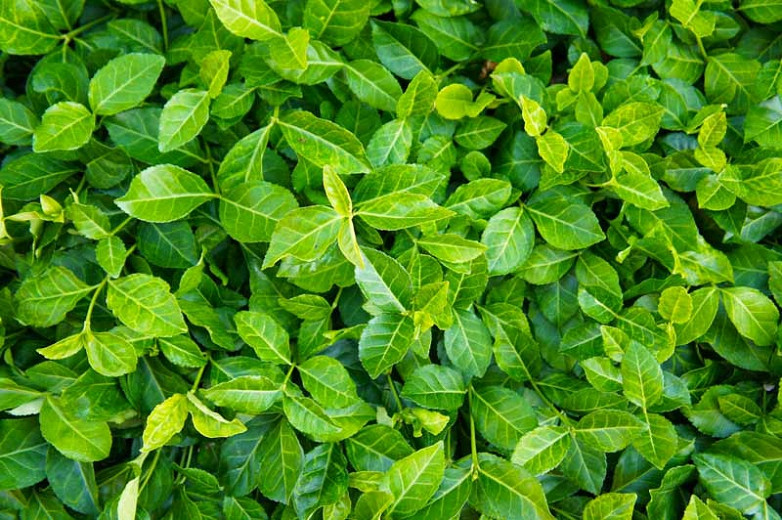
- Purple beautybush (Callicarpa dichotoma 'Profusion') is a small shrub that grows up to 5 feet tall. It has dark purple leaves and produces clusters of small, purple berries in the fall. The berries are edible and attract birds.
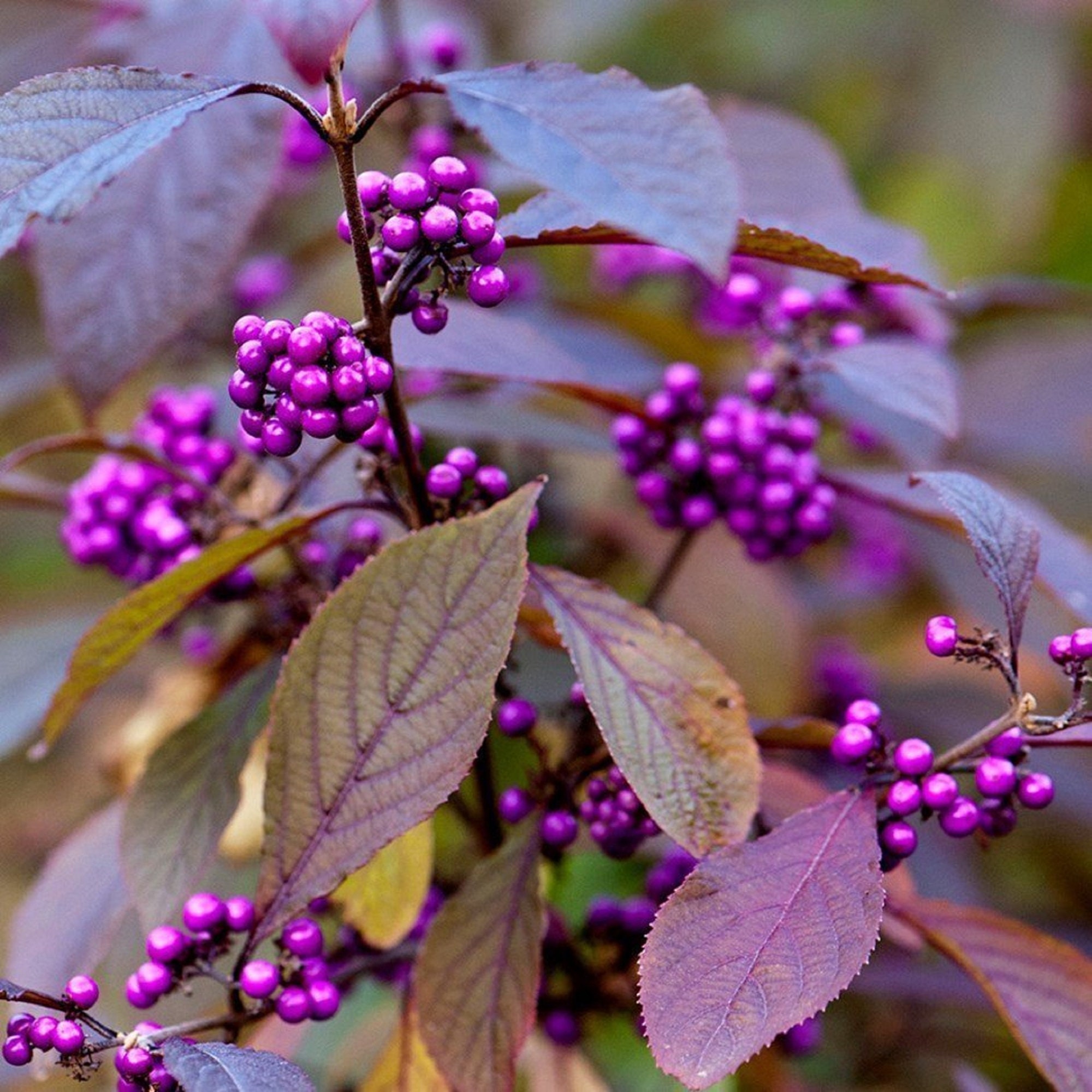
- Lilac (Syringa vulgaris) is a medium-sized shrub that grows up to 10 feet tall. It has fragrant, purple flowers that bloom in the spring. Lilacs are a popular choice for hedges and borders.
- Dwarf loropetalum (Loropetalum chinense 'Rubrum') is a small shrub that grows up to 3 feet tall. It has dark purple leaves that turn reddish-purple in the fall. In the spring, it produces small, pink or white flowers. Dwarf loropetalum is a good choice for rock gardens or borders.
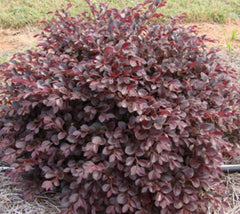
These are just a few of the many purple evergreen shrubs that are available. When choosing a shrub, consider the size of your space, the amount of sunlight it receives, and the climate in your area. With a little planning, you can add beautiful, year-round color to your garden with a purple evergreen shrub.
Here are some additional tips for growing purple evergreen shrubs:
- Plant your shrub in a location that receives full sun or partial shade.
- Purple evergreen shrubs prefer well-drained soil.
- Water your shrub regularly, especially during hot, dry weather.
- Fertilize your shrub in the spring with a balanced fertilizer.
- Prune your shrub in the spring to maintain its shape and size.
With proper care, your purple evergreen shrub will thrive and add beauty to your garden for many years to come.
Purple evergreen shrubs are a beautiful addition to any garden, providing year-round color and interest. There are many different varieties to choose from, so you can find the perfect one for your needs. Some popular options include:
- Loropetalum is a fast-growing shrub with dark green-purple foliage and showy pink or white flowers in spring.
- Aucuba has glossy green leaves with a distinctive yellow or white margin. It is a slow-growing shrub that is tolerant of shade.
- Photinia is a deciduous shrub with dark red leaves in spring and summer. It turns orange and red in fall.
- Rhododendron is a large shrub or small tree with a wide variety of flower colors, including purple.
- Viburnum is a versatile shrub that can be grown in sun or shade. It has white, pink, or purple flowers in spring and summer.
To learn more about purple evergreen shrubs, visit Garden Wiki. This website has a wealth of information on different varieties, including care tips, planting instructions, and photos. You can also find a list of local nurseries that sell purple evergreen shrubs.
FAQ of purple evergreen shrubs
Q: What are some examples of purple evergreen shrubs?
A: There are many different types of purple evergreen shrubs, some of the most popular include:
- Boxwood: Boxwood is a dense, low-growing shrub that can be trimmed into a variety of shapes. It is hardy in zones 5-9 and prefers full sun to partial shade.
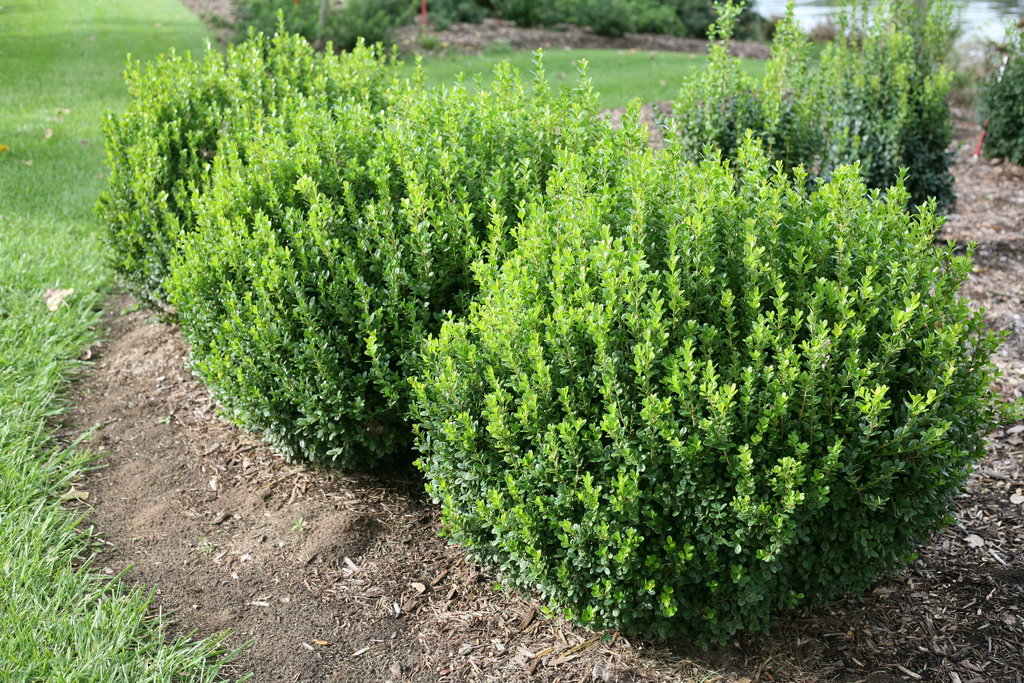
- Heather: Heather is a low-growing, spreading shrub that is native to Europe and Asia. It is hardy in zones 5-8 and prefers full sun to partial shade.
- Lilac: Lilac is a medium-sized shrub that is known for its fragrant purple flowers. It is hardy in zones 3-7 and prefers full sun.

- Mahonia: Mahonia is a large shrub or small tree that is known for its evergreen foliage and yellow flowers. It is hardy in zones 5-9 and prefers full sun to partial shade.
- Winterberry: Winterberry is a small, deciduous shrub that is known for its bright red berries. It is hardy in zones 4-8 and prefers full sun to partial shade.
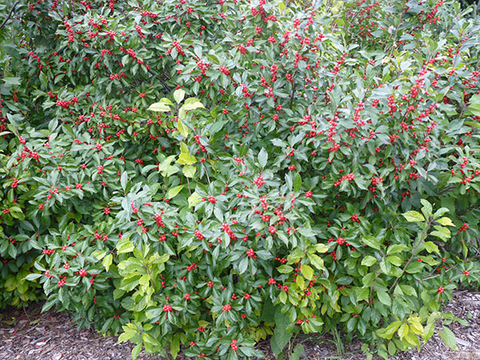
Q: Where can I plant purple evergreen shrubs?
A: Purple evergreen shrubs can be planted in a variety of locations, but they will thrive in full sun to partial shade. They are also relatively drought tolerant once established.
Q: How much maintenance do purple evergreen shrubs require?
A: Purple evergreen shrubs are relatively low-maintenance. They will need to be watered regularly during the first year after planting, but once established, they can tolerate periods of drought. They may also need to be pruned occasionally to maintain their shape.
Q: What are some pests and diseases that can affect purple evergreen shrubs?
A: Purple evergreen shrubs are susceptible to a few pests and diseases, including:
- Scale: Scale is a small insect that can suck the sap from leaves and stems, causing them to yellow and drop.
- Aphids: Aphids are small, soft-bodied insects that can suck the sap from leaves, causing them to curl and become discolored.
- Powdery mildew: Powdery mildew is a fungus that can cause a white, powdery coating to form on leaves.
If you notice any pests or diseases on your purple evergreen shrubs, it is important to treat them promptly to prevent the problem from spreading.
Q: What are some tips for choosing purple evergreen shrubs?
A: When choosing purple evergreen shrubs, there are a few factors you should consider, including:
- Size: Purple evergreen shrubs come in a variety of sizes, so it is important to choose one that will fit in the space you have available.
- Sun exposure: Purple evergreen shrubs have different sun requirements, so it is important to choose one that will get the amount of sun it needs.
- Hardiness zone: Purple evergreen shrubs are hardy in different zones, so it is important to choose one that will survive in your climate.
- Pest and disease resistance: Some purple evergreen shrubs are more resistant to pests and diseases than others. If you live in an area with a lot of pests or diseases, you may want to choose a shrub that is known for its resistance.
Image of purple evergreen shrubs
- Loropetalum is a medium-sized evergreen shrub with dark purple leaves and clusters of small, pink or white flowers in spring. It is hardy in zones 7-9 and can grow in full sun to partial shade.

- Photinia fraseri is a large evergreen shrub with dark purple leaves and white flowers in spring. It is hardy in zones 7-9 and can grow in full sun to partial shade.
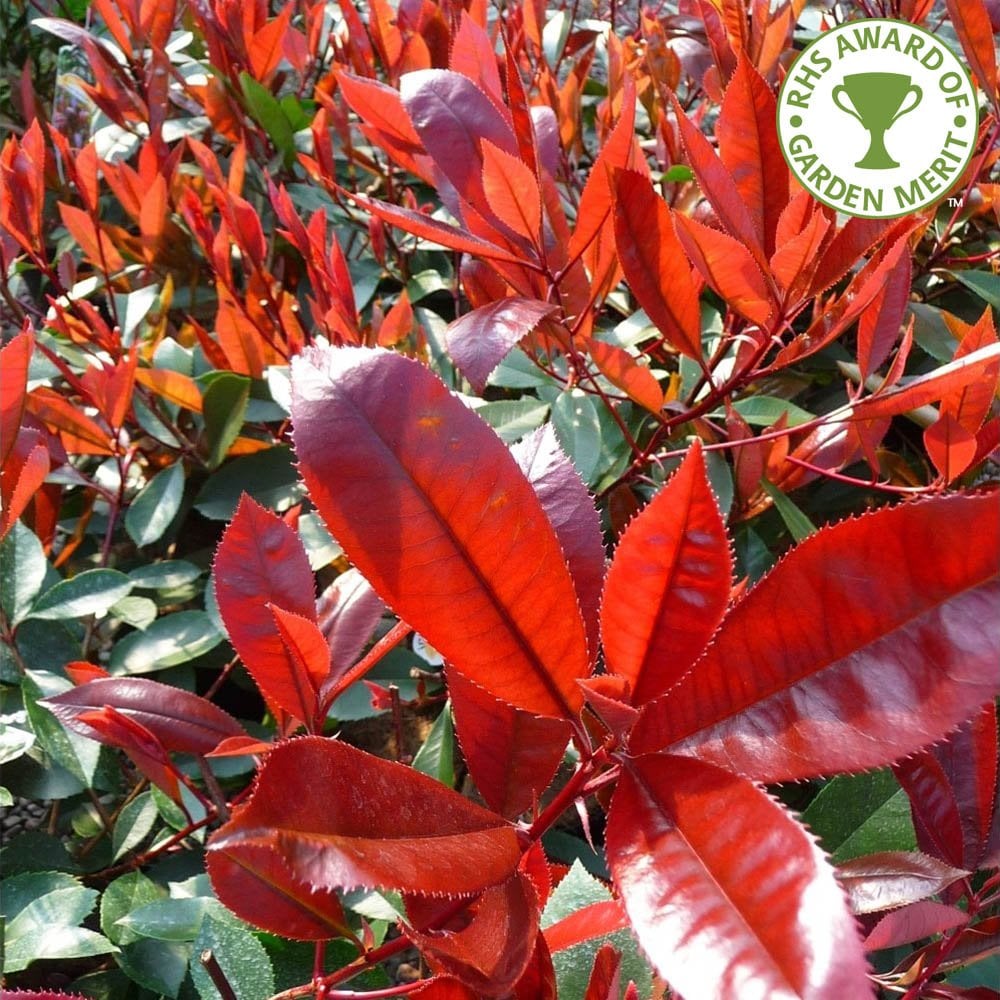
- Euonymus fortunei is a small to medium-sized evergreen shrub with purple leaves and small, white flowers in spring. It is hardy in zones 5-9 and can grow in full sun to partial shade.

- Mahonia aquifolium is a large evergreen shrub with dark purple leaves and clusters of yellow flowers in spring. It is hardy in zones 3-9 and can grow in full sun to partial shade.

- Callicarpa dichotoma is a small to medium-sized evergreen shrub with purple leaves and clusters of small, dark purple berries in fall. It is hardy in zones 7-9 and can grow in full sun to partial shade.
Post a Comment for " Purple Evergreen Shrubs That Will Add Color To Your Garden All Year Long"